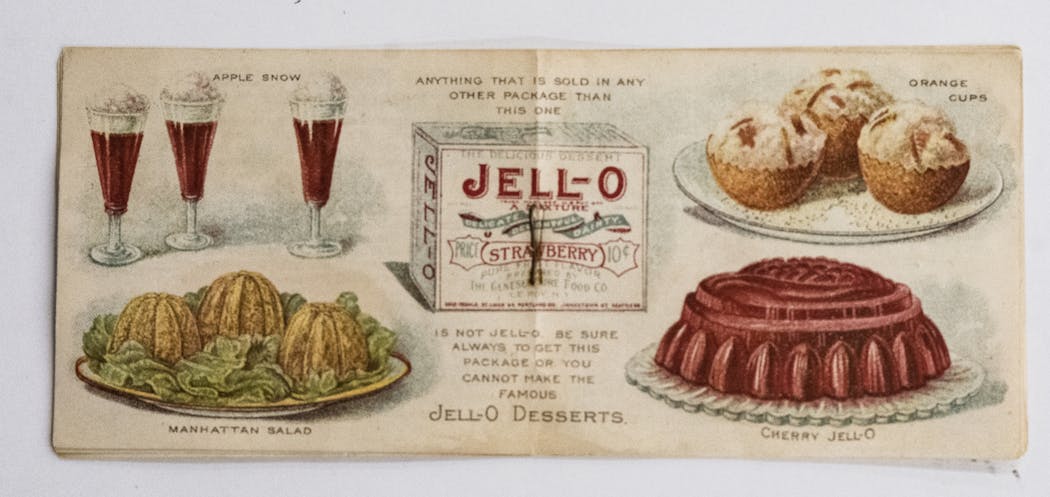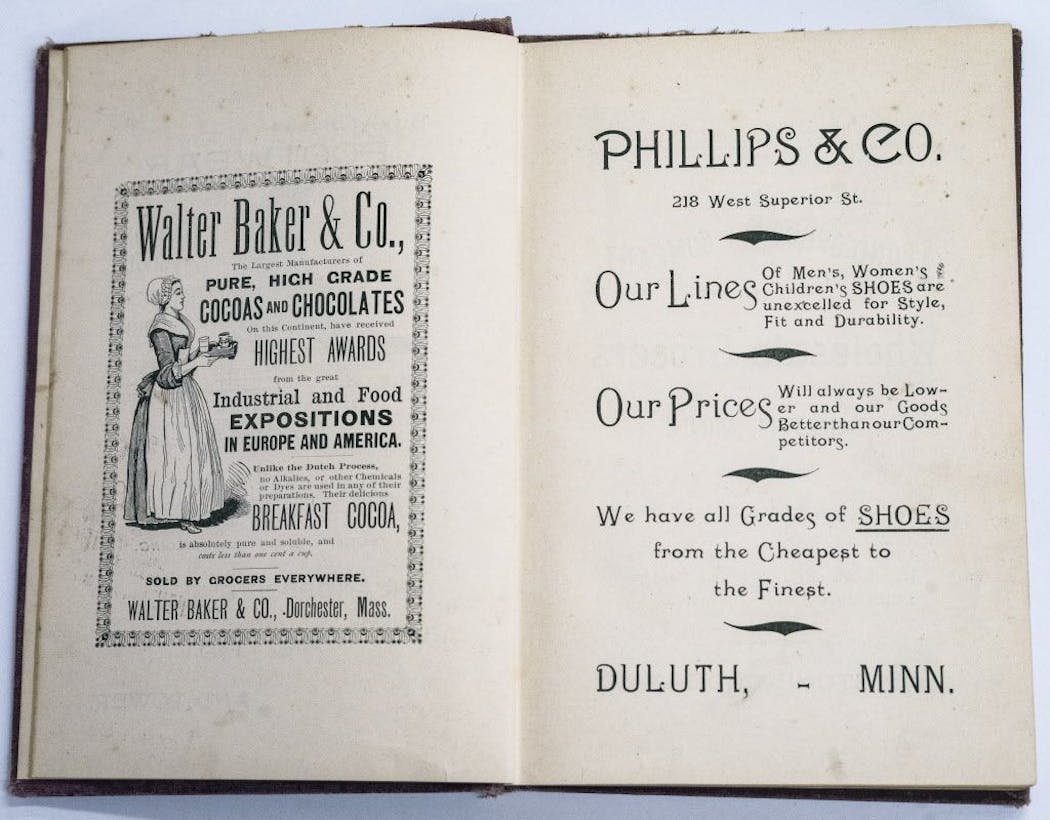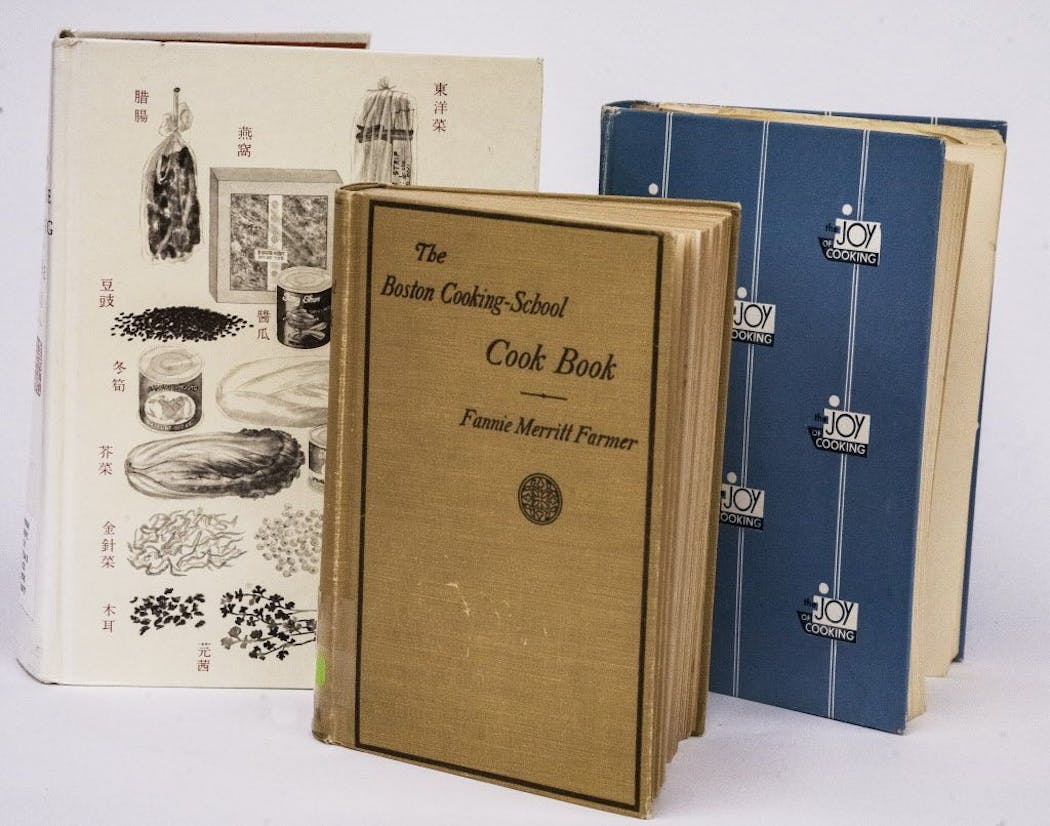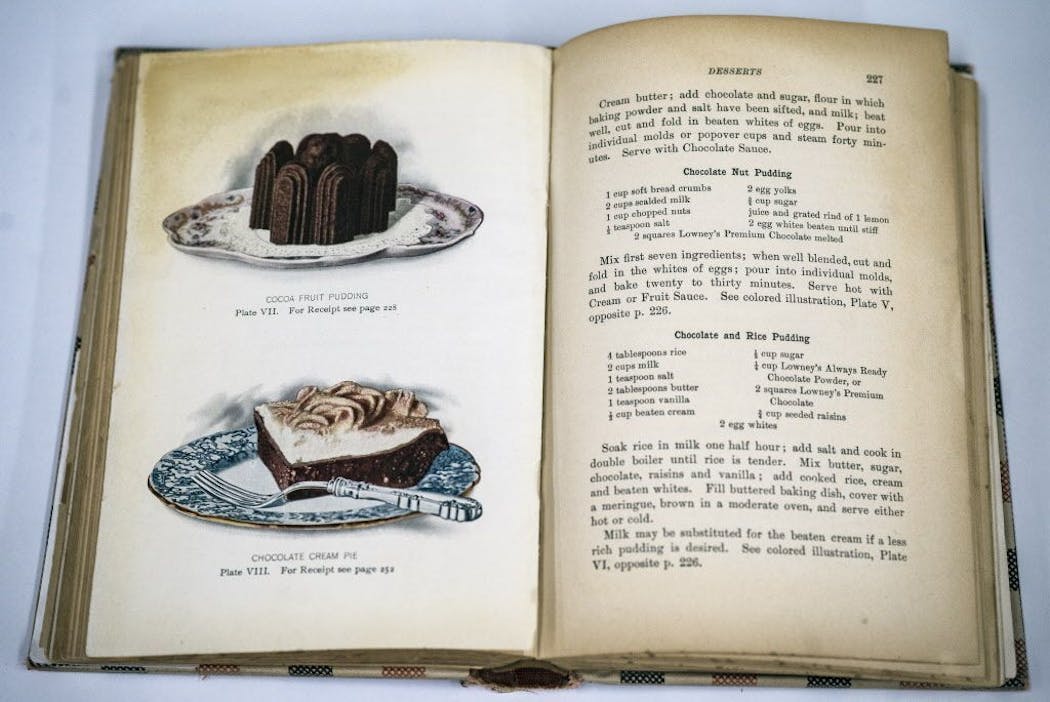The St. Paul campus of the University of Minnesota has a food lover's gem tucked away in its Magrath Library. It houses the Doris S. Kirschner Collection, a cook's reading paradise of 5,000-plus cookbooks.
Library staff members can point the way to shelves housing a remarkable array of books ranging from the 1800s to this year's winners of the James Beard Foundation Awards. Browsing the collection is every bit as gratifying as finding a fabulous food truck parked on a side street or the perfect bánh mì in a strip mall.
The collection is part of the Food Science and Nutrition Library, but a wide range of scholars use its resources.
"People researching advertising, gender studies, culture, U.S. immigration history and how that has changed the American diet, as well as those in food and nutrition, all come here," said Megan Kocher, curator for the collection, which includes both books and ephemera (collectible memorabilia — such as ads, pamphlets or fliers — that were intended for short-term use).
"One could write several dissertations on food and gender alone using the collection as a source," she said. Certainly, the Playboy Gourmet series of cookbooks has a different take on food and women than does the Grand Union Tea Co. cookbook, published in 1902. The latter states in its preface that the book is dedicated to "women who have been content to work faithfully for those they love … they are the salvation of the nation."
The collection isn't only for scholars. It is open to the public during the library's regular hours (see information at the end of the story). Although only in-library use is permitted, pages can be scanned or photocopied onsite.
The pamphlets and other advertising are a delight to browse. Take the booklet "50 Ways to Use Marshmallows" from the S.S. Kresge Co. in the 1940s. It claimed, "The modern housewife … knows that marshmallows are pure and have high food value." To make sure that modern housewives were using marshmallows every day, as recommended by the company, the booklet includes a recipe for cream of tomato soup with marshmallows, a suggestion that never caught on.
The collection began with a gift from Doris Kirschner of Minneapolis, a graduate of the university's home economics program, who donated almost 3,000 cookbooks from her personal library. She and her husband, Mel Kirschner, had spent decades cooking, entertaining and hosting elaborate dinners.
They also traveled extensively and Doris Kirschner collected cookbooks along the way as she learned about cuisines, with a particular interest in Asian and Russian cooking. Her cookbooks included many Jewish volumes.
Earlier this year, the collection was enriched further and moved to a larger location. This was the result of the addition of 2,000 books from Beatrice Ojakangas of Duluth, a recipient of the James Beard Cookbook Hall of Fame Award and noted author of 30 books. Those are now cataloged and on the shelves, filling out the subjects of Nordic cuisine and baking.
The Kirschners' son, Richard, said he is pleased by the growth of the collection.
"My parents would have been tickled to see this additional contribution to the collection. They had Scandinavian friends and all the kitchen implements that went with that tradition," he said. "It's what my parents had in mind. It's a great resource and it's to be used."
Kocher, the curator, appreciates that both donations are more than just the books themselves: "Both Doris Kirschner and Beatrice Ojakangas wrote notes in the margins of recipes. Having their personal collections here is like inheriting your grandmother's cookbooks — your very knowledgeable grandmother's cookbooks."
Continued financial support for the collection by Richard Kirschner has enabled the curator to continue to add new cookbooks with a Minnesota focus, as well as each year's James Beard Foundation Cookbook Award winners.
While the library has ephemera from Doris Kirschner's collection, Ojakangas has kept that portion of her materials.
"I have donated my research books, but that doesn't mean I'm finished writing," she says. Her pamphlets reflect food concerns of the post-World War II era and she's using them as the basis for an upcoming project. She says that, occasionally, she'll think of a book she wants to reference, then remember that it's now at the Magrath Library. But she's not too concerned. If Ojakangas really needs the book, she knows where to find it.
The curator is working on a project to digitize the books and ephemera published before 1923 and to have them available on the Kirschner web page. So far, 60 cookbooks have been digitized, with plans to add more over the next few years.
While online is a convenient way to access the collection, Richard Kirschner believes that "it's different to hold a book and see the recipe in context." He hopes that curious cooks will use the library, as does Kocher.
"This is a land-grant university. It's everyone's library. Come and use it!" she said.
Doris S. Kirschner Collection: University of Minnesota, reference area of Magrath Library, 1984 Buford Av., St. Paul; 612-624-2233. Open to public (in-library use only): 8 a.m.-8 p.m. Mon.-Fri.; noon-6 p.m. Sat.-Sun. Online: www.continuum.umn.edu/kirschner-collection-blog. Find the digitized cookbooks here, under the "About" tab. Contact: Megan Kocher, curator, mkocher@umn.edu.
Carstens Smith is a Minneapolis freelance writer.
Not only New York casinos threaten Atlantic City. Developer predicts Meadowlands casino is coming









